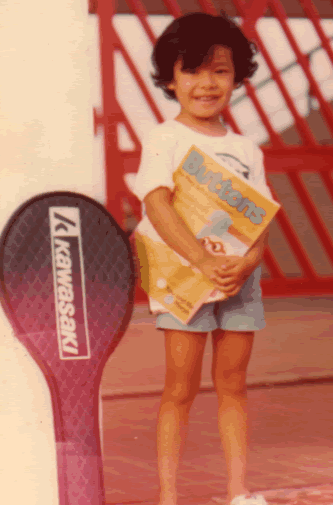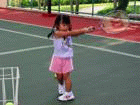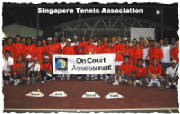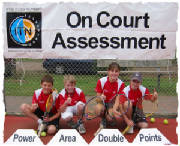
|
||||||
|
Nuturing Future Champions |
|
Optimism is essential to achievement and it is also the foundation
of courage and of true progress. -Nicholas Murray Butler
2. FOUNDATION......(7 years +) Emphasis at this level is on building rally skills and progressive technique development. Confidence in match-play situations will be addressed3. PERFORMANCE For tournament level juniors up to 13 years. Coaching emphasis
on tactical play and court footwork
Let me win, but if I cannot win, let me be brave in the attempt.-Motto of the Special Olympics Notes for parents:
Preparation for the season must begin long before the first
day of practice. Managing practice time efficiently and effectively will help your children improve their tennis and
fulfill their potential. You should work from a master practice plan that varies little from year to year, add more detail
and specifics in a weekly plan, and finally flesh out the schedule for each day in a daily practice schedule.
Finding the Right Tennis Lessons for Kids
Group lessons are probably the most common format in which kids learn tennis.
The structure of group lessons ranges from groups of three or four taught by an experienced pro to groups as large as ten.
The amount of hitting time and instruction is inversely proportional to the group size, so smaller is almost always better.
Generally speaking, kids will learn faster and more soundly with an experienced pro. In general, kids learn gradually and
have a lot of fun in group lessons.
Advantages:
|
|
|
|





